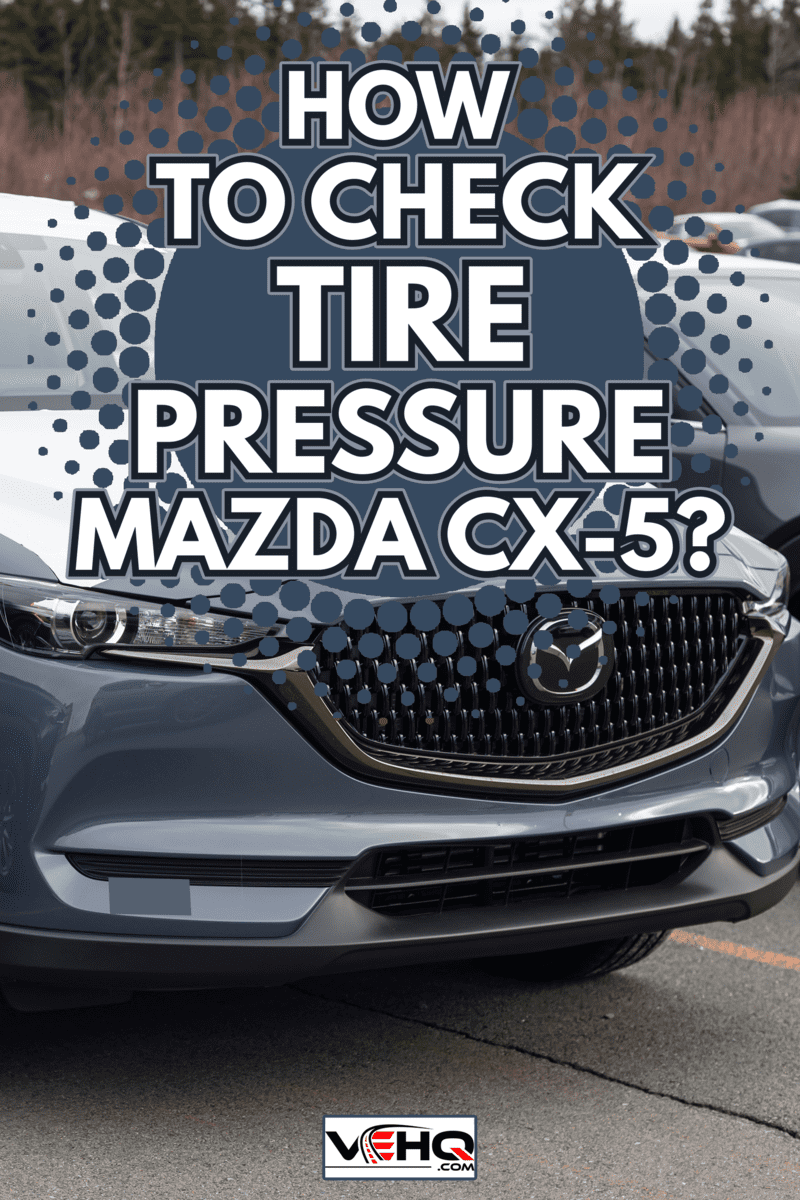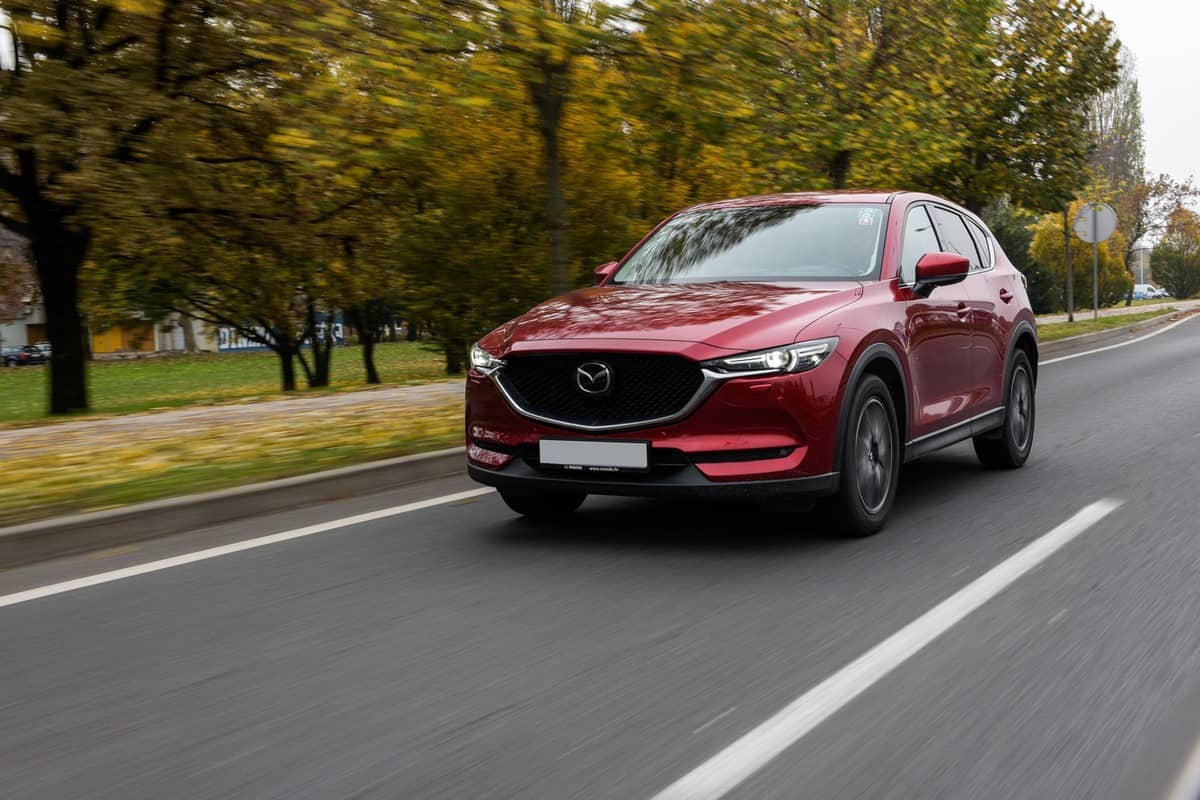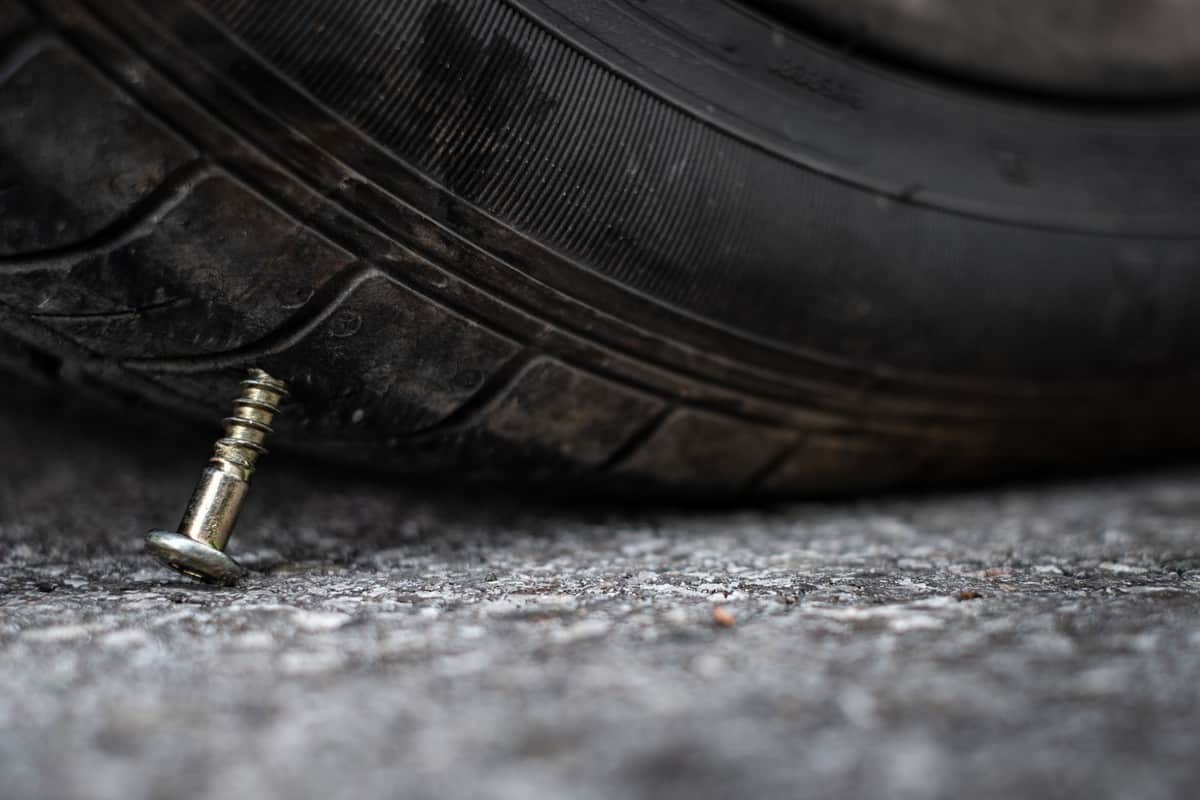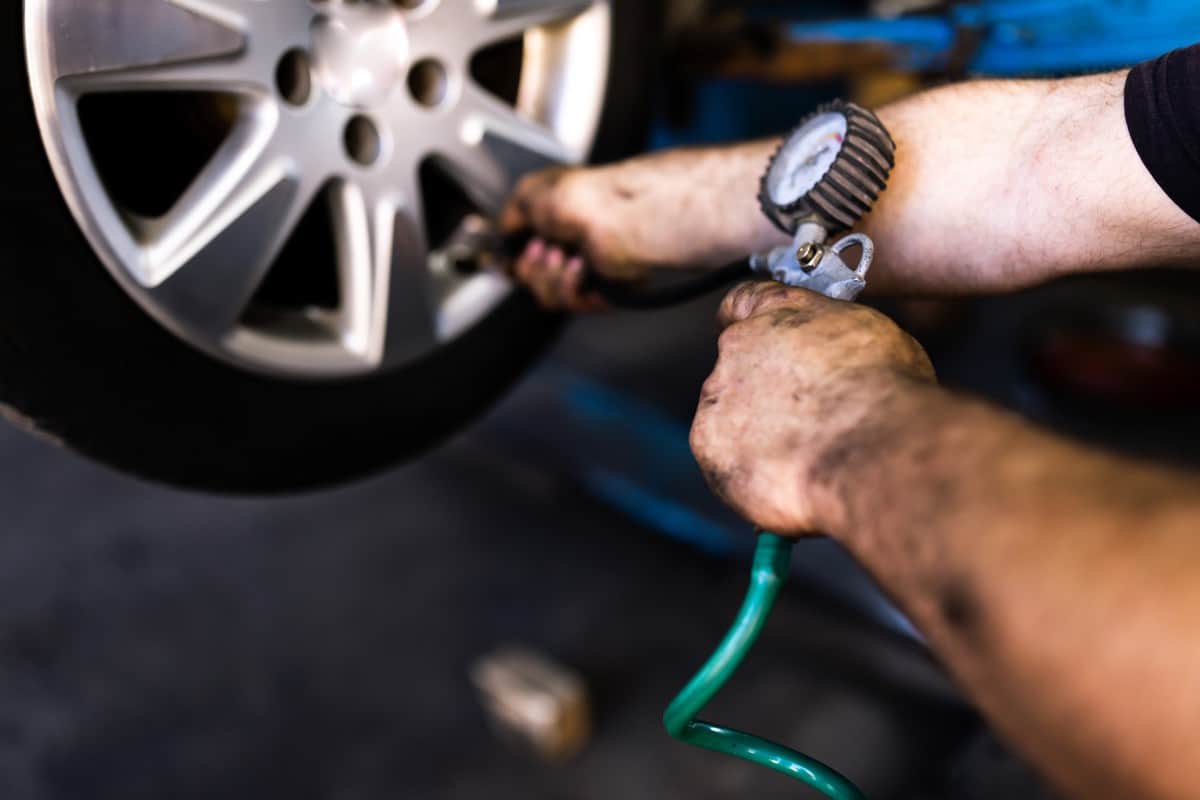The tire pressure in your Mazda CX-5 is more important than some may think. But what is the easiest way to check your tire pressure, and when should you do it? Let's take a look.
The best time to check your tire pressure is before you drive. If you have a tire pressure light on your dash, you will need a tire pressure gauge to check your pressure. You can find these at most gas stations or order one online.
The Mazda CX-5 will monitor the tire pressure and let you know when to have them inflated. This article will look at how to check the tire pressure and add air if necessary. In addition, we will answer other frequently asked questions about tire maintenance on the Mazda CX-5, so read on!

How To Check Tire Pressure Mazda CX-5?
The correct tire pressure is essential because it ensures that your tires perform at their best. When your tires are properly inflated, you'll get better gas mileage, and your car will handle better on the road.
The Mazda CX-5 has a tire pressure monitoring system [TPMS] that will tell you when the pressure is low. Then, the light will come on and stay on until you add air to the tires.
If the light illuminates, it is time to add air. You can find a tire pressure gauge at most gas stations or order one online.
Remove the cap from the valve stem and insert the gauge to check the pressure. Be sure to hold the gauge straight up and down so that you get an accurate reading. Push down on the gauge until you hear the hissing sound of the air escaping from the tire.
Remove the gauge and read the pressure. The pressure should be between 34 PSI as recommended by Mazda. If the pressure is low, add air until it reaches the desired level. However, be careful not to overinflate the tires, as this can lead to blowouts.
If you notice that your tire pressure is low shortly after adding air, the tire likely has a leak. This can happen if the valve stem is damaged or something is blocking the valve.
It could also mean that you ran over a nail or another sharp object. If this is the case, take your car to a mechanic and have them fix the leak.

Why is tire pressure important?
Now that you know how to check the pressure in your Mazda CX-5, you may be wondering why it's important.
There are a few reasons why proper tire inflation is crucial:
Avoid Premature Tire Replacement
Overinflating your tires will cause them to wear out prematurely. On the other hand, underinflated tires will also wear out more quickly, so it's important to keep them at the correct pressure.
Improved Fuel Economy
When your tires are properly inflated, you'll get better gas mileage. This is because the car doesn't have to work as hard to move the weight of the car and the passengers.
Better Handling
An improperly inflated tire can cause the car to wander or pull to one side. On the other hand, when all four tires are properly inflated, it gives you better control of the car when you're driving.
Should all four tires be the same PSI?
Yes, it is important to have all four tires inflated to the same pressure. This ensures that the car handles evenly and that you don't wear out one tire more quickly than the others.
This is especially important for all-wheel drive vehicles. For example, if one tire wears faster than the others, then you may have to replace all four tires sooner than you would have if they were all inflated to the same pressure.
What should I do if I run over a nail?
If you know you ran over a nail, then there are some things you should do. First off, don't remove it! If you pull the nail out, it will create a bigger hole and worsen the situation.
Instead, remove the tire and put on your spare. Then, take the car to a mechanic and have them fix the tire. They will likely put a plug in the hole or patch it up. If the tire tread is low, it may be best to replace the tire.
If you don't have a spare tire, you'll need to call a tow truck. Don't drive on the flat tire, as it could damage the axle or cause a blowout.

Can you drive on a damaged tire?
It is not safe to drive on a damaged tire. If you have a flat tire, it is best to pull over to the side of the road and put on the spare or call a tow truck. Driving on a flat tire can damage the axle or cause a blowout.
If you have a slow leak, don't gamble and drive on it. Instead, take the car to a mechanic and have them fix the leak. It could be a simple fix, like replacing the valve stem, or it could be something more complicated, like fixing a hole in the tire.
If you take the risk and drive on the tire, you may have bigger problems down the line. Driving on a damaged tire can ruin the rim, cause the axle to break, or cause an accident. It's just not worth the risk.
How long can a nail stay in a tire?
It is hard to say how long a nail can stay in a tire before it causes a problem. It all depends on the size and type of nail and the condition of the tire.
Generally speaking, a small or medium-sized nail will cause a slow leak over time. A large nail could cause a blowout immediately. If you notice your tire pressure constantly dropping, there is likely a nail in the tire.
You can check this two ways: removing the tire yourself or going to a tire shop. If you remove the tire, you'll be able to see the nail and determine if it's still in the tire. If you go to a tire shop, not only will they be able to find the nail, but they can fix it for you as well.
Is it worth filling tires with nitrogen?
There is some debate over whether or not it's worth filling tires with nitrogen. Some people say that it gives you better gas mileage, longer tire life, and improved handling. However, there isn't much evidence to support these claims.
At the moment, it is still more expensive to fill tires with nitrogen than with regular air. So, until the cost difference decreases, it is not likely that many people will make the switch.
However, if you have the opportunity to fill your tires with nitrogen for free, then it may be worth doing. The advantage of nitrogen is that the molecules are more significant than oxygen, meaning they can escape from the tire more slowly.
This means that the pressure in the tire stays more consistent, which is better for the life of the tire.

Where do you get nitrogen for tires?
You can get nitrogen for tires at most tire shops like Tire Rama or Les Schwab. However, it could cost $70 or more for all four tires. So it may be more cost-effective to fill up your tires with air at a regular gas station.
If buying a car that already has nitrogen in the tires, it may be less expensive to refill. The cost of nitrogen for tires usually ranges from $5 to $10 per tire.
What does TPMS stand for?
TPMS stands for Tire Pressure Monitoring System. It is a system that monitors the air pressure in your tires. If the pressure gets too low, it will trigger a warning light on the dashboard.
This system is important because it helps you maintain the correct air pressure in your tires. It is especially important for those who drive in cold weather, as the pressure drops when the temperature drops.
The TPMS is in most modern cars, so it is likely that your car already has it. There will be a TPMS sensor in each of your tires, and it will relay the information to a receiver in the vehicle.

Final Thoughts
Knowing that your tires are in good condition is vital for your safety on the road. If you have a low tire in your Mazda CX-5 and the TPMS isn't alerting you, then it is important to have your tire sensors checked by a professional.
In addition, if your tire light won't turn off, you may have a leak in your tire. In this case, stop into a tire shop or a Mazda dealer for a quick inspection.
Itching for more articles? Here are some popular posts that might interest you:
How Long Will A Mazda CX-5 Last? [Inc. Engine, Battery And Brakes]
Does Mazda CX-9 Have 3rd Row Seating? [Trims Explored]
Does Mazda CX-5 Have All Wheel Drive? [Models And Trims Explored]
